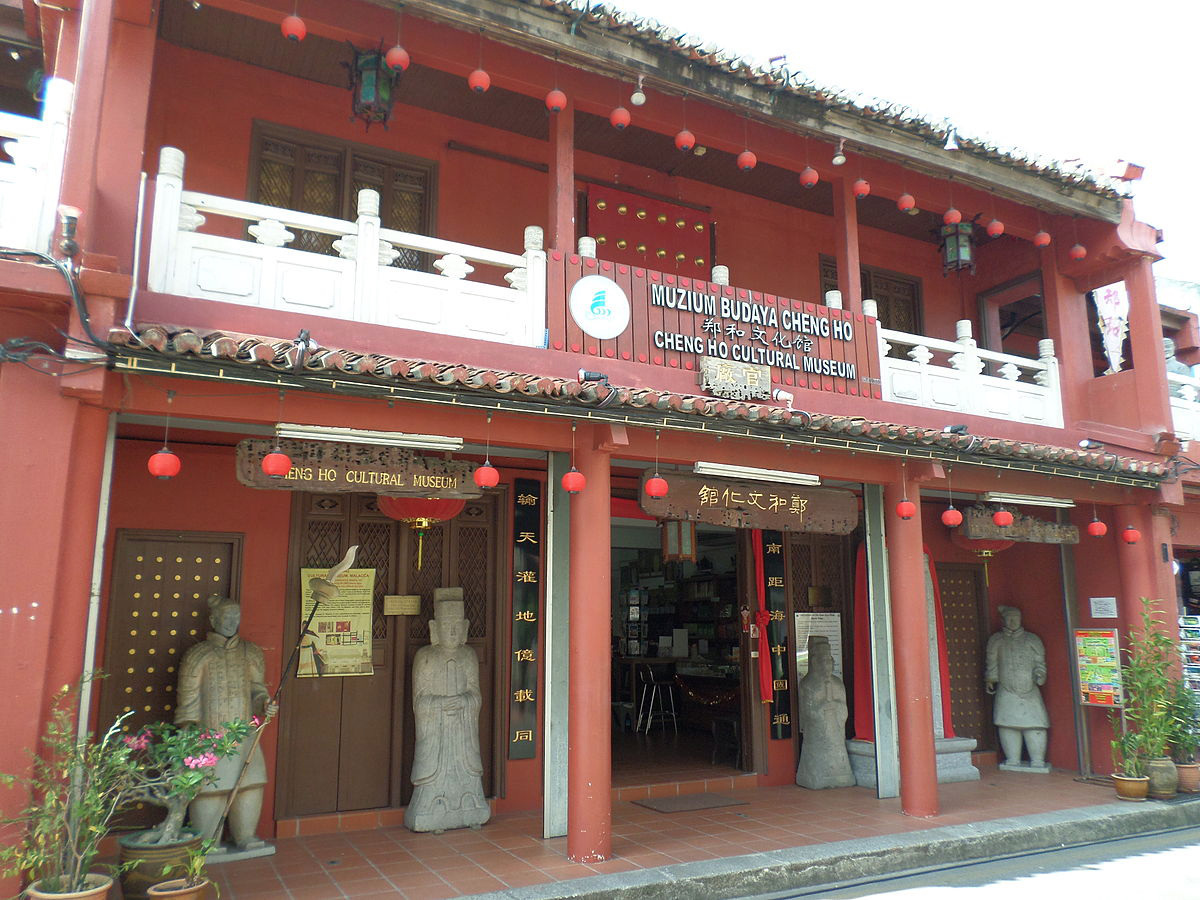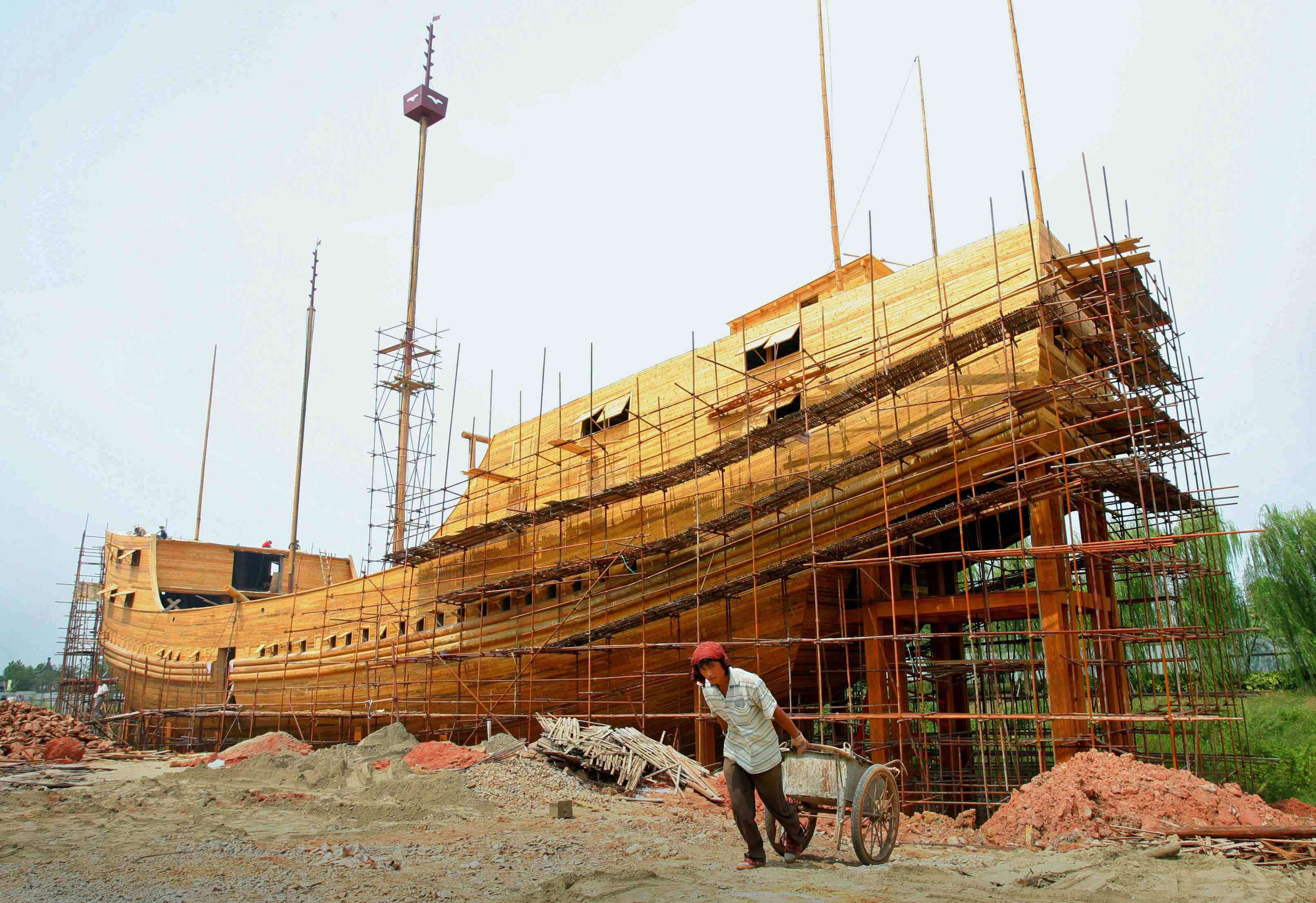Maritime Heritage Diplomacy
Against the backdrop of competing regional interests, maritime histories are becoming an important arena of diplomacy in the East Asian and Indian Ocean regions. As a number of chapters in the book show, this now takes on many forms. State-state initiatives using “historic vessels” and rebuilt replicas sit alongside museum exhibitions, media projects, and the monument diplomacy long familiar to official state visits that now focuses on maritime themes. The sea also needs its heroes, and today these are reworked and recontextualized to advance particular forms of Belt and Road cooperation. Marco Polo and Ibn Battuta both traveled by sea, but in Asia one figure in particular has come to take on a fascinating and complex role, Zheng He.
Born in 1371 in Yunnan, Southwest China into a Muslim family, Zheng He commanded seven fleets during the early Ming dynasty, traveling across to South Asia, the Arabian Peninsula and West Africa. Spanning 1405 to 1433, his voyages reached as far as Hormuz in the Persian Gulf, Aden on the Arabian Peninsula, and Malindi and Lamu on the Kenyan coast. The technologies of ship construction and the size of the fleets were extraordinary, by any measure. Controversy, however, surrounds the ways in which his voyages are depicted today, with various scholars indicating they were essentially military affairs that helped establish the hierarchical order of regional trade.
From the 1990s onwards, Zheng He has been used within diplomatic discourse as evidence of a long history of peaceful maritime relations. His seven voyages continue to be “commemorated” through museums, statues and historical landscapes such as his Nanjing shipyards. The six-hundredth anniversary of his first voyage was also a catalyst in the popular memory of Zheng He outside China. Festivals and exhibitions were staged in Indonesia, Malaysia, Singapore and the Philippines. Since then the International Zheng He Society has had a particular impact in Southeast Asia. Searches for shipwrecks have also been conducted in Sri Lanka and Kenya, and the diplomatic value of maritime archaeology in both countries has stepped up in an era of Belt and Road.
To give one example, the National Museum of Colombo holds a stone tablet - erected in 1409 to mark Zheng He’s second visit - with Persian, Chinese and Tamil inscriptions, the three primary languages of trade in the Indian Ocean at that time. In 2014 interpretative texts in Chinese were added and Mahinda Rajapaksa presented Xi Jinping with a rubbing of the stele’s inscription to commemorate the first visit to Sri Lanka by a Chinese head of state for three decades. Two further replicas of the tablet are located in the Maritime Museum in Galle and the Treasure Boat Shipyard Park in Nanjing.
Through exhibitions, statues, temples and festivals, the popular memory of these expeditions has stabilized around the themes of friendship, trade and exchange. The idea of the 21st century Maritime Silk Road continues this process, whereby history is put to work in constructing the vision of an outward-looking, mercantile China. Through Belt and Road, today’s foreign policies and bilateral agreements are framed as “reviving” the regional sea-based forms of connectivity, flow and mobility that made Asia prosper centuries ago.




























